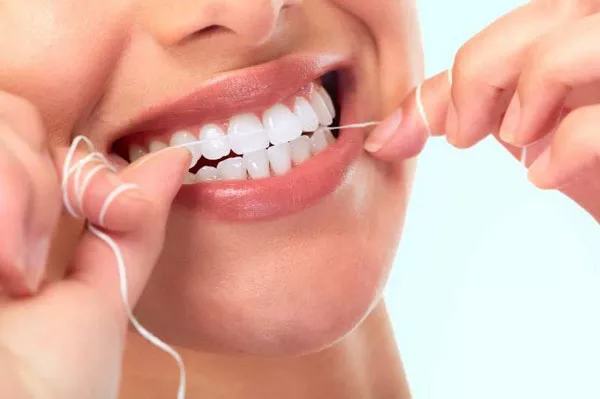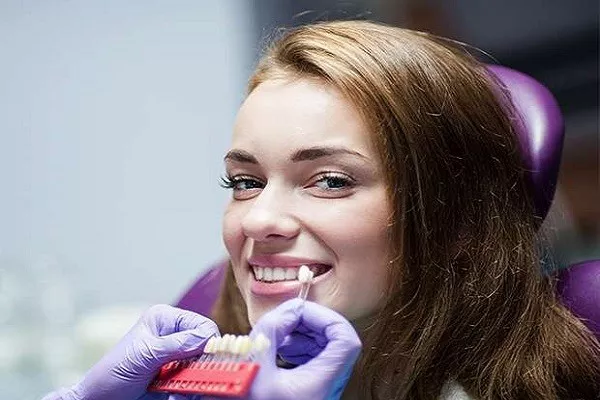LED lights have become a popular tool for teeth whitening, both in professional dental clinics and in at-home whitening kits. LED stands for “light-emitting diode,” and the technology works by emitting a specific wavelength of light that can help to accelerate the process of teeth whitening.
Teeth can become discolored due to a variety of factors, such as aging, smoking, and certain foods and drinks.
Teeth whitening treatments work by using a bleaching agent, usually hydrogen peroxide, to break down stains on the surface of the teeth. The use of an LED light during the treatment can help to activate the hydrogen peroxide, making it more effective at breaking down stains.
When an LED light is used in teeth whitening treatments, it emits a specific wavelength of blue or red light.
Blue LED lights are commonly used in teeth whitening because they have been shown to activate the hydrogen peroxide in the whitening gel more effectively than other colors of light.
The blue light emitted by the LED helps to penetrate the enamel of the teeth, allowing the hydrogen peroxide to break down stains and discoloration. This results in a brighter, whiter smile in a shorter amount of time than other teeth whitening treatments.
In addition to being more effective, using LED lights for teeth whitening is also a safer option than other methods that use UV or laser light.
LED lights do not emit harmful UV rays or heat, making them a safe and non-invasive way to achieve a brighter smile.
It is important to note that LED light is not a substitute for good oral hygiene habits and should only be used as a supplement to regular brushing and flossing.
It is also important to consult with a dental professional before using any teeth whitening treatment, including those that use LED lights, to ensure that the treatment is appropriate for your individual needs.
In conclusion, LED lights can help to accelerate the process of teeth whitening by activating the hydrogen peroxide in the whitening gel. Blue LED lights are commonly used in teeth whitening treatments because they have been shown to be the most effective. LED lights are a safe and non-invasive option for achieving a brighter, whiter smile, but should be used in conjunction with good oral hygiene habits and under the guidance of a dental professional.
































